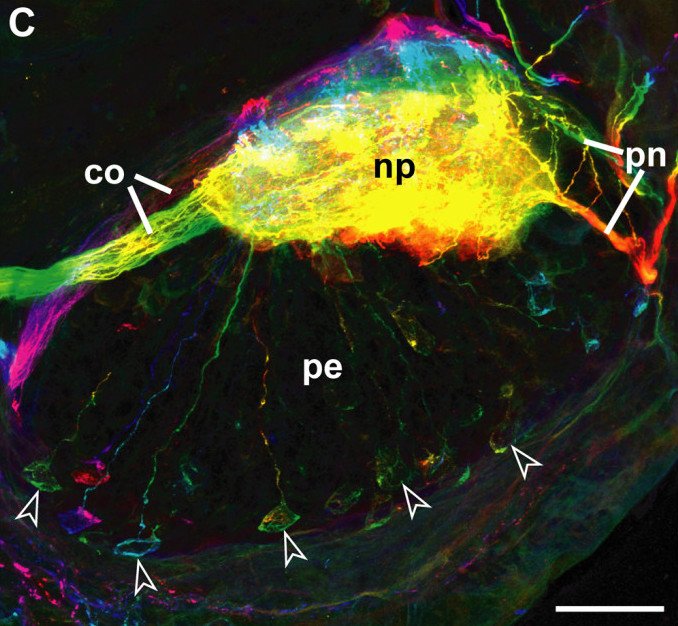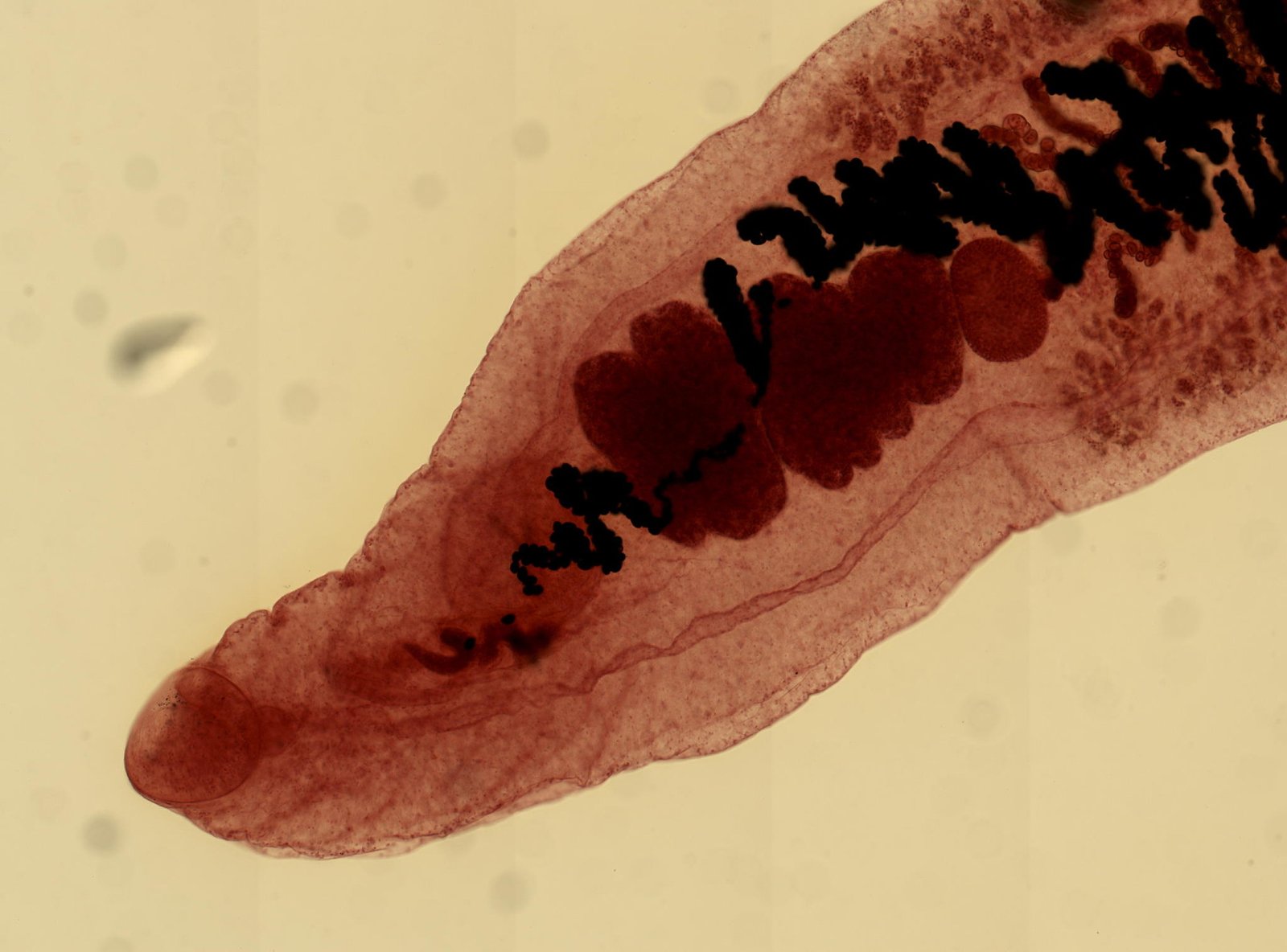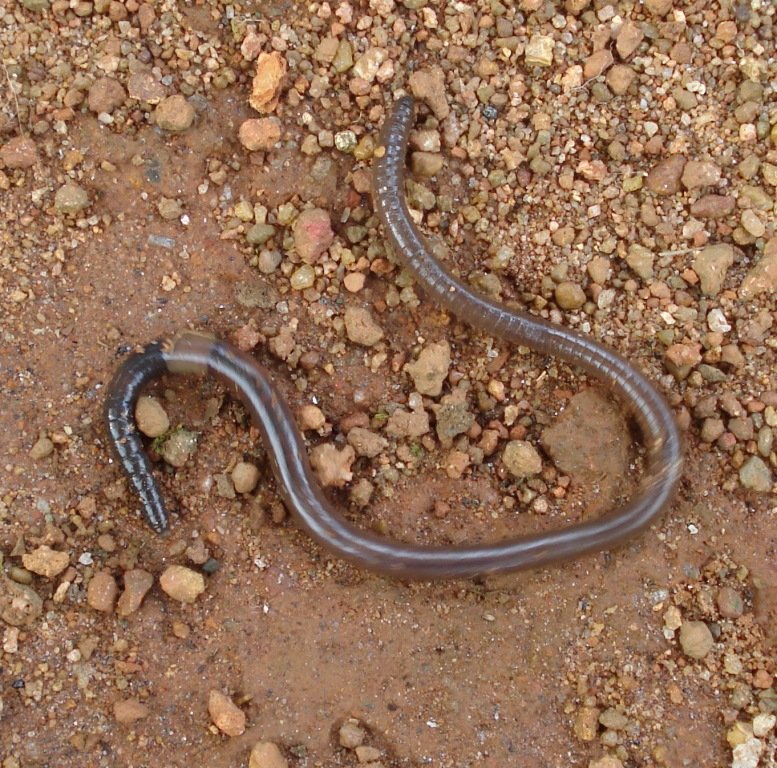Picture this: a creature with no eyes, no ears, and a body made up mostly of muscle and slime, gliding silently through the earth beneath your feet. You might think worms are simple, even mindless. But what if I told you that these humble soil-dwellers have brains—and not only that, but their intelligence might surprise you? The story of worms is one of resilience, hidden complexity, and unexpected brilliance. Let’s dig deep—literally and figuratively—into the secret world of worm brains, where science meets wonder and the ordinary becomes extraordinary.
More Than Just Dirt Dwellers: Worms in the Spotlight
Worms have long been overlooked by most people, often relegated to the background as garden helpers or fishing bait. However, recent scientific discoveries have thrust them into the spotlight, revealing a world of complexity beneath their slimy exteriors. Worms are everywhere—from your backyard to the deepest rainforests—and they play a crucial role in keeping ecosystems alive. Their importance goes far beyond breaking down compost; they are vital engineers of the soil, helping plants grow and ecosystems thrive. With all this responsibility, it’s no wonder scientists started asking: how do worms coordinate all these essential tasks?
A Peek Inside: Do Worms Really Have Brains?

The answer might surprise you: yes, worms do have brains. But don’t imagine a wrinkly, pink mass like you’d find in a human. Worm brains are much simpler, resembling a tiny knot of nerves, technically called a cerebral ganglion. This clump of nerve cells sits right behind the mouth and acts as the worm’s command center. Despite its size, this brain is powerful enough to coordinate movement, process environmental signals, and even store memories. It’s like a tiny supercomputer, perfectly designed for the worm’s underground lifestyle.
The Architecture of a Worm Brain: Small but Mighty

The architecture of a worm brain is a marvel of efficiency. In the common earthworm, the brain consists of two lobes connected by nerve fibers, forming a rudimentary but effective control hub. Unlike more complex animals, worms don’t have a skull to protect their brain, so it sits just under the skin. This delicate structure is packed with sensory neurons that pick up vibrations, chemical signals, and moisture in the soil. It might be small, but every bit of it is put to work, helping the worm navigate a world that’s dark, damp, and full of surprises.
Learning and Memory: Worms Remember More Than You Think

One of the most astonishing discoveries is that worms can learn and remember. Scientists have trained worms to associate certain smells with food or danger, and these memories can last for days. In experiments, worms have been shown to avoid areas where they previously encountered a shock or unpleasant stimulus, proving that they can form and recall memories. This ability to learn from experience is a clear sign of intelligence, even if it looks different from ours. Imagine a worm navigating its complex, ever-changing underground maze—its tiny brain is constantly making decisions and learning from mistakes.
Worms and the Science of Navigation
How do worms find their way through endless tunnels of dirt? Their brains play a key role. Worms rely on a combination of chemical cues, touch, and even tiny shifts in temperature to move around. Their brains process this information rapidly, sending signals to muscles that coordinate their signature wriggling movement. This level of navigation is impressive, especially considering the lack of eyes or ears. Some species can even sense the Earth’s magnetic field and use it to orient themselves—like an internal GPS powered by their brain.
The Social Side of Worms: Communication Underground
It may come as a shock, but worms aren’t as solitary as you’d think. Many species communicate with each other using chemical signals called pheromones. Their brains detect these signals, triggering behaviors like mating, warning of danger, or even coordinating group movement. In large earthworm gatherings, a single individual’s actions can ripple through the group, thanks to this silent, chemical language. Their brains act as interpreters, decoding these messages and responding with split-second decisions.
Problem Solvers in the Soil: Worm Intelligence in Action
There’s mounting evidence that worms are problem solvers. In laboratory tests, worms have been challenged with mazes, obstacles, and puzzles—often emerging as surprising victors. For example, when faced with a choice between two tunnels—one blocked and one open—worms quickly learn to avoid the blocked path on subsequent attempts. Their brains process feedback from the environment and adapt their actions, a hallmark of cognitive ability. It’s as if each worm carries a tiny, dirt-covered toolbox of tricks and strategies.
Survival Instincts: How Worms Outsmart Predators

Worm brains are hardwired for survival. When a bird pecks at the soil or a mole tunnels nearby, worms sense the vibrations instantly. Their brains trigger a rapid escape response, sending the worm diving deeper or twisting away from danger. Incredibly, some worms can even drop segments of their bodies to distract predators—a move that requires quick thinking and split-second decision-making. The brain coordinates all of this, ensuring the worm lives to wriggle another day.
Regeneration and Brain Plasticity: Bouncing Back from Injury

Worms possess an almost magical ability: regeneration. If a worm is cut in half, it can often regrow lost segments—including parts of its nervous system. This remarkable feat is possible because their brains are highly plastic, meaning they can adapt and reorganize even after injury. Scientists are fascinated by this process, hoping to unlock secrets that might one day help humans recover from nerve damage. For a creature so often squished underfoot, worms are astonishingly tough.
Worms in the Lab: The Superstar Species C. elegans

One species, Caenorhabditis elegans, has become a superstar in the world of science. With just 302 neurons in its brain, this tiny worm has helped researchers make groundbreaking discoveries about genetics, neuroscience, and aging. Because its brain is so simple and transparent, scientists have mapped every single connection between its nerve cells—a feat still not accomplished in humans. C. elegans has become the model organism for studying how brains work at the most fundamental level.
Worm Emotions: Can Simple Creatures Feel?
The question of whether worms experience emotions is both controversial and captivating. While worms don’t feel happiness or sadness the way humans do, they do show preferences for certain environments, avoid pain, and seek comfort. Their brains process pleasurable and unpleasant sensations, leading some scientists to argue that worms have a primitive form of affective experience. Next time you see a worm wriggle away from bright sunlight, it’s not just reacting—it’s seeking out what feels right for its unique world.
Electric Brains: How Worms Process Information

Worm brains run on electricity, just like ours. When neurons in a worm’s brain fire, they create tiny electrical impulses that carry information across the nervous system. These signals control everything from movement to feeding to reproduction. The efficiency of this system is stunning—the worm’s brain performs countless calculations every second, all to keep its tiny body alive and thriving underground. Think of it as a high-speed data network, hidden beneath the soil.
Lessons from Worm Brains: What Humans Can Learn

You might be wondering if studying worm brains can teach us anything about our own. The answer is a resounding yes. Scientists are using worms to unlock the basics of how brains function, how memories form, and how diseases like Alzheimer’s progress. By understanding the simple yet effective nervous systems of worms, researchers hope to develop treatments and therapies for human brain conditions. Sometimes, the smallest creatures offer the biggest insights.
Worms and Artificial Intelligence: Simple Brains, Smart Machines
Believe it or not, the study of worm brains is influencing the world of artificial intelligence. Engineers have designed computer models based on the neural circuits of C. elegans, hoping to mimic the worm’s ability to learn and adapt. These models are helping AI systems become more efficient, flexible, and capable of solving problems in unpredictable environments. It’s a fascinating twist: the secrets of tomorrow’s technology may be found in the lowly worm.
The Ecological Genius: Worms as Ecosystem Engineers
Worms are geniuses at transforming their environment. Their brains help them create complex tunnel networks that aerate the soil, mix nutrients, and improve water flow. These actions support plant growth and help entire ecosystems flourish. Without the guidance of their brains, worms couldn’t perform these vital tasks. In a way, every lush garden and thriving forest owes a debt to the quiet intelligence of these underground architects.
Worm Senses: How They Perceive Their World
Despite lacking eyes and ears, worms are far from sensory-deprived. Their skin is covered in sensory cells that pick up on touch, vibration, moisture, and even chemicals in the soil. Their brains constantly analyze this sensory input, allowing worms to react quickly to changes in their environment. This keen perception is essential for survival, enabling worms to find food, avoid danger, and interact with others in their subterranean world.
The Role of Genetics in Worm Intelligence

Worm intelligence isn’t just a product of their brains—it’s also written in their genes. Scientists have identified specific genes that influence learning ability, memory formation, and even social behavior in worms. By tweaking these genes, researchers can observe dramatic changes in how worms think and act. This genetic toolkit is helping scientists unravel the mysteries of intelligence itself, opening doors to discoveries that could reshape our understanding of brains across all species.
Worms in Space: Tiny Brains Beyond Earth

Worms are so fascinating that they’ve even been sent into space. NASA has studied worms on the International Space Station to understand how their brains and nervous systems adapt to microgravity. These experiments have revealed that worms can survive, learn, and even reproduce in the harsh conditions of space. The findings could one day help scientists protect astronauts’ brains during long missions to Mars and beyond. Who would have thought that earthworms could be space pioneers?
Children and Worms: Inspiring the Next Generation

Worms are often children’s first introduction to the wonders of biology. Schoolyard worm hunts and classroom projects spark curiosity and awe, showing young minds that intelligence comes in all shapes and sizes. By studying worm behavior, kids learn about problem-solving, adaptation, and the interconnectedness of life. Worms teach us that every creature—no matter how small—has a story worth telling and a lesson worth learning.
The Unexpected Brilliance Beneath Our Feet

Beneath every garden, field, and forest, millions of worms are quietly thinking, learning, and changing the world. Their brains, though tiny, are powerful engines of survival and adaptation. The next time you see a worm after the rain, remember: there’s more going on beneath the surface than meets the eye. Worms are not just simple creatures—they are living proof that intelligence can take many forms. Who would have guessed that the world’s smartest problem solvers might just be wriggling beneath our feet?



